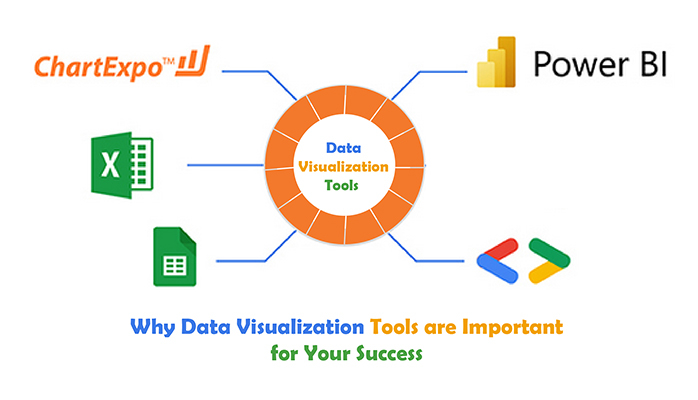79tka Insights
Your go-to source for the latest news and information.
Seeing is Believing: Visualizing Your Data Dreams
Unlock the power of data visualization and turn your dreams into reality! Discover tips, tools, and insights that will elevate your data game.
Transforming Data into Insight: A Guide to Effective Visualization
In today's data-driven world, transforming raw data into actionable insights is crucial for businesses and individuals alike. Effective visualization helps communicate complex information clearly and concisely, enabling stakeholders to grasp essential patterns and trends. A successful data visualization process begins with choosing the right type of chart or graph that matches the nature of the data being presented. For example, bar charts are ideal for comparing quantities across categories, while line graphs are better suited for illustrating trends over time.
Once you have selected the appropriate visualization type, focus on the design elements that enhance readability and comprehension. Consider the following key principles:
- Clarity: Ensure that your visuals are easy to understand at a glance.
- Consistency: Use uniform colors and styles to maintain a professional appearance.
- Context: Provide sufficient information so that viewers can interpret the data accurately.

Beyond Charts: Innovative Ways to Visualize Your Data
Data visualization has traditionally relied on charts and graphs, but in today's fast-paced world, innovative methods are essential for capturing attention and conveying information effectively. For example, interactive data storytelling combines visuals with narrative to create an engaging experience. By incorporating elements like animations and voiceovers, you can guide your audience through complex datasets, making them more accessible and memorable. Other exciting alternatives include infographics, which combine images and text to tell a story at a glance, as well as heat maps that allow readers to understand trends and patterns visually.
As businesses increasingly rely on data to make informed decisions, exploring these innovative visualization techniques is key. 3D visualizations provide a perspective that flat charts lack, giving depth to datasets, while geospatial mapping allows for the visualization of data relative to geography, making it possible to uncover insights related to location. Furthermore, utilizing dashboards that aggregate various formats—from pie charts to word clouds—can provide a holistic view of performance metrics, engaging users and enhancing data interpretation. The future of data visualization looks promising with advancements in technology, paving the way for even more creative approaches.
How to Turn Your Data Dreams into Reality: Best Practices for Visualization
Turning your data dreams into reality begins with understanding the importance of visualization. The right visuals can transform complex datasets into intuitive insights that empower decision-making. Start by identifying the key messages you want to convey and select appropriate visualization tools tailored for your data type. For instance, use bar charts for categorical comparisons, line graphs to highlight trends over time, and heat maps to showcase density of data points. These best practices not only enhance clarity but also engage your audience effectively.
Once you have established the types of visualizations, focus on the design aspects that make your data stand out. Employ a balanced color palette to avoid overwhelming viewers and ensure text is legible against backgrounds. Utilize white space judiciously to create breathing room around elements, helping direct attention to the most critical data points. Remember to iterate on your designs: gather feedback, and refine your visuals to maintain resonance with your audience. By following these strategies, you will be well on your way to realizing your data visualization aspirations.